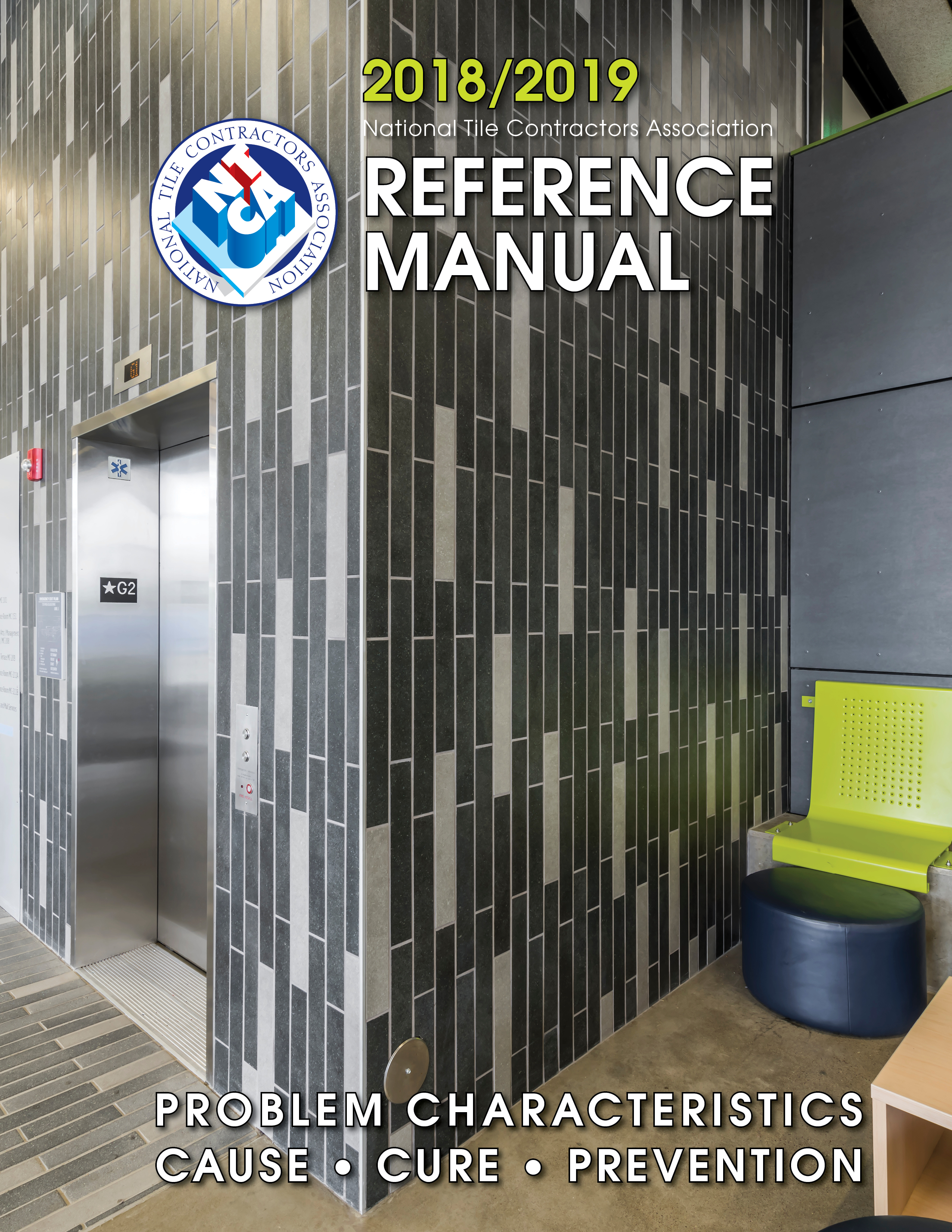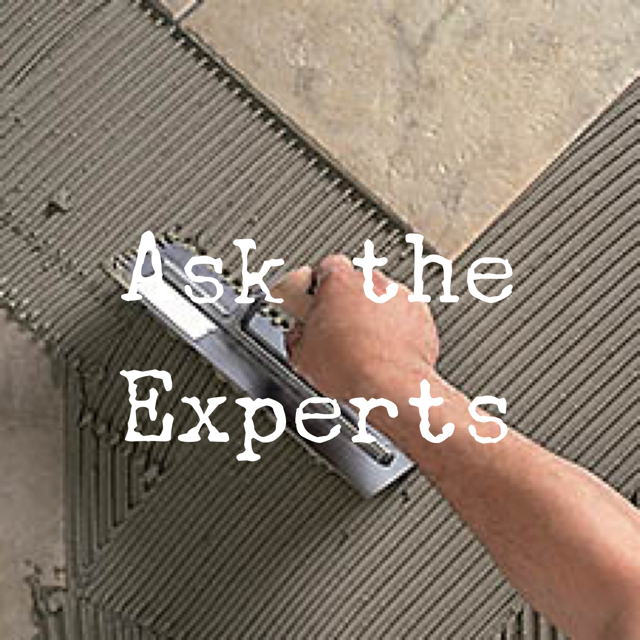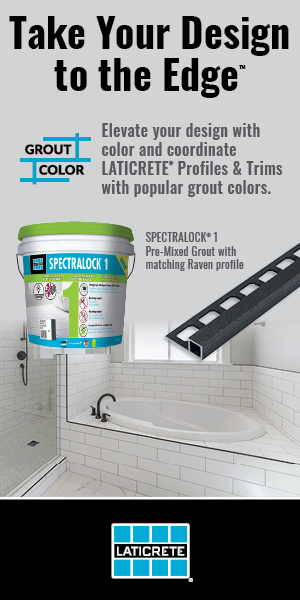QUESTION
Is there anywhere besides TR711, TR712, and TR713 that discusses tiling over tile? I’ve looked on the TCNA website, which states that procedures are described “in detail” in those standards. Other than stating the existing installation must be sound, well bonded, and without structural cracks, there aren’t any real details. Are there differences between a concrete substrate and a wood subfloor? Do I have to determine HOW the previous installation is adhered and how much it weighs? What other things may I need to take into consideration that I wouldn’t otherwise?
ANSWER


In addition, the 2018/2019 edition of the NTCA Reference Manual section “Tile Over Other Surfaces” (page 257) includes more information, such as the need to prep the tile surface by scarification or application of specialized primers to promote bond to the existing tile surface.
As you have sensed, it is critical that you thoroughly analyze the components of the existing tile installation to determine whether it was properly installed and whether it will serve as a quality substrate for the new Employee-Handbook-v9 

It may be necessary to remove some tiles, bond coat, and any underlayment to ensure they were correctly installed. Sometimes, drilling a series of core samples is a good way to determine the adequacy of the existing installation and how well it will serve as a substrate for your new tile installation.
You (or a structural engineer or similar) must ensure that the structure will be able to support the added weight of the new tile and bond coat over the existing installation. Deflection, live loads, dead loads, etc., are part of the consideration. TCNA Handbook methods for floor installations list the Service Rating for the method. Also refer to the Performance Level Requirement Guide and Selection Table in the 2019 TCNA Handbook (page 43) for more information on Service Ratings.
If the tile over tile is to be done in a wet area, you must take into consideration such factors as the type and condition of the existing waterproofing membrane, whether 95% mortar coverage was achieved in the original installation, etc. You will likely need to apply a new membrane before installing your tile. Doing this will encapsulate the existing tile and bond coat between two layers of membrane. It is important to determine whether adequate bond coat existed in the first installation to ensure no pockets of water or other materials are being trapped between the membrane layers.
As with tiling over any substrate, it is necessary to ensure the substrate meets the flatness requirement for the size of tile you are installing. If the existing installation does not meet the flatness criteria, it must be flattened with the appropriate materials first. Your setting material manufacturer can assist you with the correct materials (possibly including primers) and techniques to correct unflat substrates.
In summary, everything about the existing substrate and substructure must be considered before tiling over an existing tile installation.


Mark Heinlein
Mark Heinlein is Training Director for the National Tile Contractors Association. He is Certified Tile Installer #1112 and currently a Ceramic Tile Education Foundation evaluator for the Certified Tile Installer program. Heinlein was the owner of Mark Heinlein Surfaces of Negaunee, Michigan.







